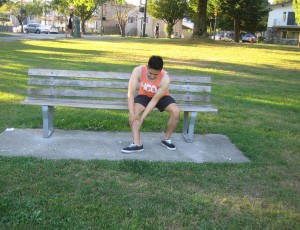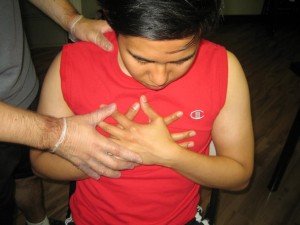
Getting CPR training in Los Angeles is a breeze with Los Angeles CPR. We have different programs to choose from, primarily in basic and advanced training. All of the courses we have on offer are available several times through the week and at the most affordable rates. You can be assured that you will receive a CPR training certificate from us, as long as you complete the program with full attendance an a passing grade on the certification exam.
At Los Angeles CPR, we have five training programs and three re-certification classes available. Out of five programs, three are basic courses and two are advanced courses.
Requirements for training
When you enroll in basic courses, there are any major pre-requistites. We only have one program that laypersons (non-medical providers) can take, the rest of the courses are for health care providers and professionals. Both advanced courses under the Advanced Life Support category are only for professionals; we require a few requirements if you plan on enrolling in an advanced class.
Requirements for advanced training:
- Health professionals only
- Existing valid ‘Basic Life Support for HCPs’ credential
- Passing grade on the pre-test
Basic and Advanced Life Support

To provide our trainees with the best learning experience, we use the Basic and Advanced Life Support guidelines (from the American Heart Association) to create our training curricula. Our basic programs are short, single sessions that run for approximately 4 hours while advanced courses are longer, two-day programs that can run for as long as 16 hours.
CPR
There are three core skills in CPR: chest compressions, ventilations, and defibrillation. When bystanders give CPR, only the first two techniques are typically used. When EMTs arrive with AEDs (automated external defibrillators) that when all three are used in a CPR rescue.
- Chest compressions – Depth and rate are important things to remember when giving chest compressions. The rate stays the same for adults and children, at least 100 a minute. Depth for adults is at least 2 inches while the depth for children is between 1.5 and 2 inches.
- Ventilations – Rescue breaths can be given using a bag valve mask or (more common in bystander rescue) mouth-to-mouth. They are given in a cycle with compressions, at a compression-ventilation ration of 30:2. That counts as one cycle.
- Defibrillation – Defibrillation is a procedure that is done to manage severe cardiac arrhythmias. Unlike what is perpetuated by the media, defibrillation is not performed when the heart is in asystole or flatline. The purpose of defibrillation is send the heart into asystole so it can return to a normal rhythm.
You can enroll in the following programs at Los Angeles CPR.
- Basic Heartsaver CPR – general public class, BLS, 4 hours
- Basic Heartsaver CPR C – health care provider class, BLS, 4.5 hours
- Basic Life Support for Health Care Providers – 4.5 hours
- Advanced Cardiac Life Support – health care professional class, ALS, 16 hours
- Pediatric Advanced Life Support – health care professional class, ALS, 14 hours
